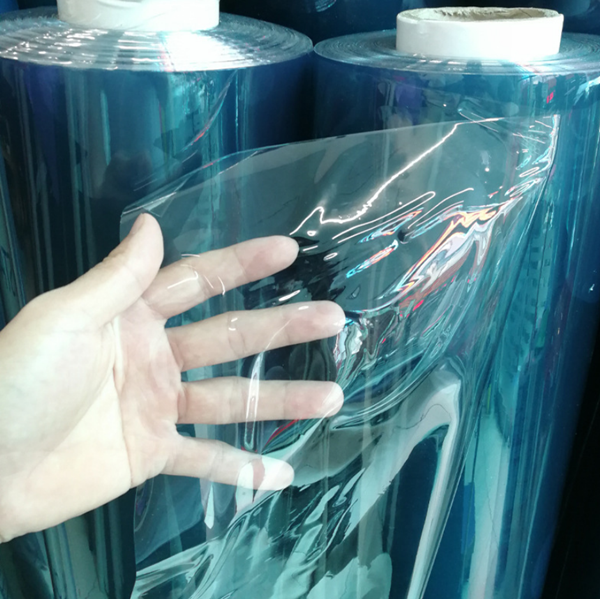The most complete greenhouse cover material advantages and disadvantages comparison
The most complete greenhouse cover material advantages and disadvantages comparison
What is greenhouse film?
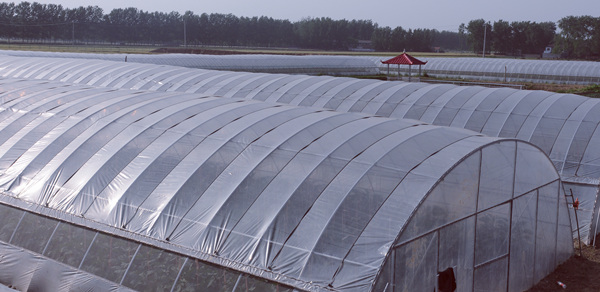
Greenhouse film is a type of Poly film used to cover greenhouse crops, improve the temperature and humidity of the greenhouse, and prevent pests and diseases and reduce the impact of natural disasters, thus improving plant environment, make crop yield and quality, early harvest, or extending the growth cycle.
What are the most common materials used to cover greenhouses? What are the advantages and disadvantages of each of them? Let's explain in detail in this article.
PE film
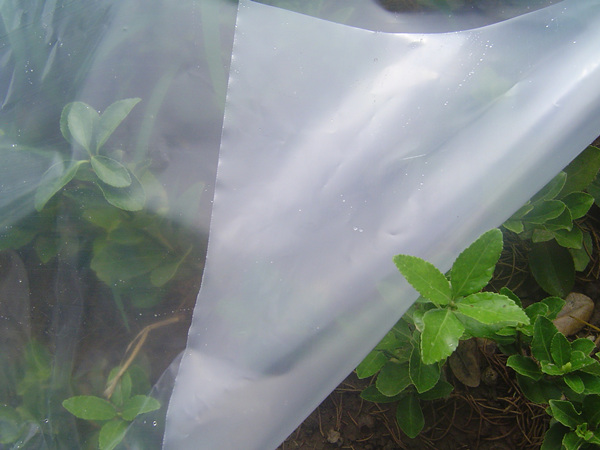
Advantages of polyethylene film (PE):
It's a clear plastic film, milky white translucent, 3mil-8mil thick, wider width, up to 18 m. Acid, alkali, and salt-resistant; not easy to produce toxic gases, safe for crops; not easy to stick to dust, good light transmission; small density (0.92g/cm3), thus the low cost of cover.
Disadvantages:
1. High infrared transmission rate (up to 80%), poor heat distribution, and heat buildup performance. In the clear and windless early spring night, a greenhouse may appear "inverse temperature" phenomenon, frost damage crops.
2, poor strength, resilience is not good, easy to tear.
PVC film
Advantages of polyvinyl chloride film(PVC):
Colorless and transparent, stronger, with a tensile strength of 27.5 MPa. The infrared transmission rate is small (20%), it has better heat distribution and is resistant to acid, alkali, and salt, and it is not easy to cause deterioration when sprayed with pesticides and fertilizers.
Disadvantages:
1, This clear plastic sheeting is easy to absorb dust, resulting in a substantial decline in light transmission. Light transmittance decays quickly. Not suitable for continuous over-summer cover cultivation.
2、Low air and moisture permeability, less toxic gas through. Greenhouse in high temperature conditions, will produce toxic gases so that crop poisoning. At the same time, the greenhouse will also cause high temperature and high humidity environment, crop diseases are more serious.
3, PVC greenhouses film is denser (1.4g/cm3) and covers a small area per unit weight of the film, making the cost of covering higher. For the same area of greenhouse, the cost of covering with PVC greenhouse films is about 50% higher than that of greenhouse plastic film.
PE multi-functional composite film
1. Long life film (Anti-UV film)
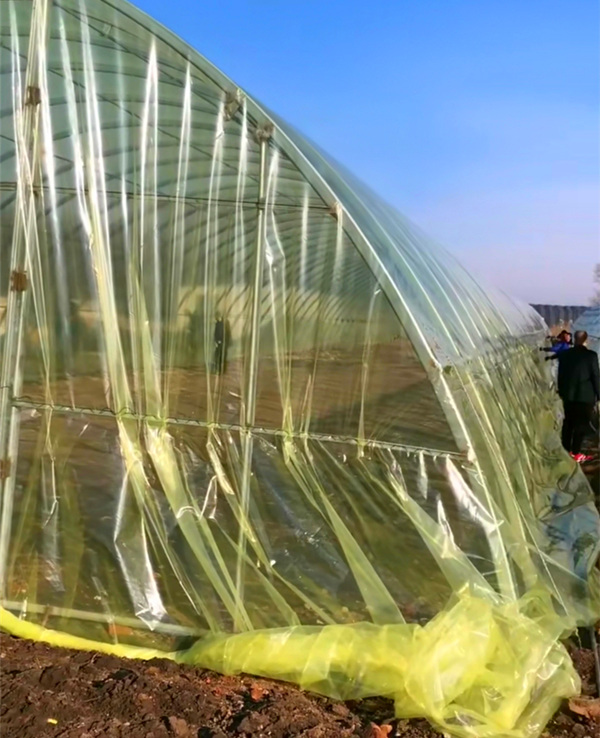
It is made of high-quality polyethylene (PE) resin as the base material, with the addition of aging resistance additives(UV protection), light stabilizers, etc., and is compounded by three-layer co-extrusion. This greenhouse film has a long service life, good heat preservation, high light transmission rate and high mechanical strength.
2. Anti drip film
It is a kind of greenhouse film with dripping additives added on the surface of the film, usually on the inner side of the film. The function of this dripping agent is to prevent the fog in the greenhouse from forming water drops that drip directly from the greenhouse film, but form droplets that slide down to the front or sides of the greenhouse. Because water drops directly dripping onto the leaves and petals of crops can cause crop pests and diseases
Disadvantages:
PE drip holding period is generally only 3to 6 months
3. EVA composite functional film
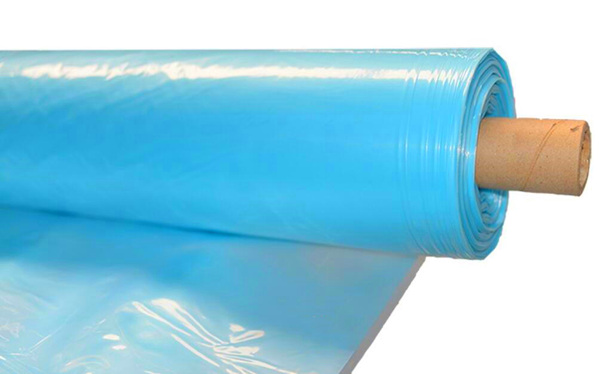
It's a greenhouse film, made of PE/EVA as the main raw material, adding functional additives and using multi-layer co-extrusion.
Advantages :
EVA film far-infrared transmission rate (about 35%) is much lower than PE (polyethylene) film (about 75%), EVA greenhouse film has better heat distribution, long service life, and non-drip are better than conventional plastic film. General winter night temperature is 1℃ -3 ℃ higher than ordinary poly film. The thicker the greenhouse film is 6 MIL or 6 mil or more, the better the warming effect. Apply to all kinds of the cold frame.
Disadvantages:
Non-dripping lasts for about 4 to 6 months.
4. Optical Transmission Film:
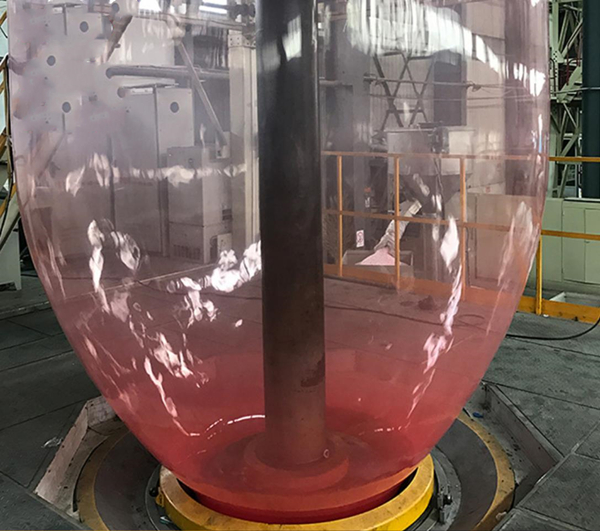
Phototransformation film is a functional plastic film that can converts light waves that are harmful to plants and cannot trigger photosynthesis into light that can cause photosynthesis in plants. It is made by adding "translucent functional masterbatch" to the raw materials used in the production of the film.
Advantages:
When the sunlight passes through the film, the UV light (which can burn the plant tissues) and green light (which can be lost by the plant reflection) are absorbed and converted by the masterbatch in the film, releasing the blue and red light which is beneficial to the plant growth, so that the blue and red spectrum components in the greenhouse are increased. The blue and red spectral components of the greenhouse are increased, and the light energy utilization rate is improved. The application results show that the greenhouses covered by "transparencies" have fast crop growth, more fruits, strong resistance, early maturity, increased yield, and good quality.
Disadvantages:
The production cost is expensive and has not been used on a large scale.
PO Film
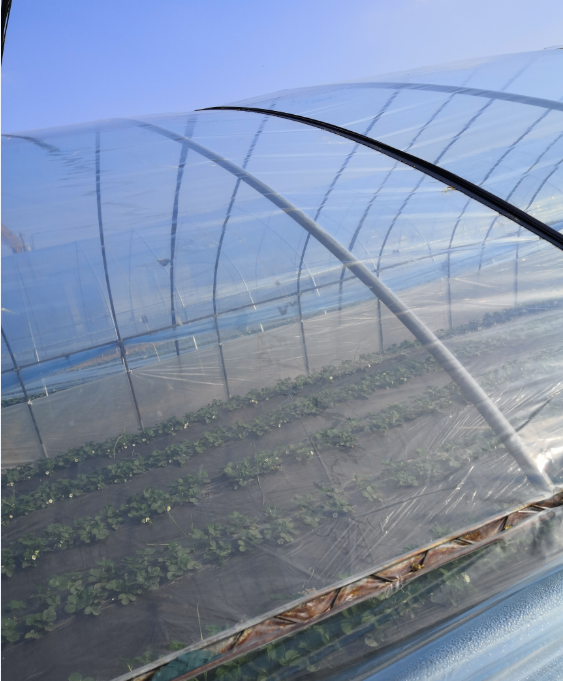
PO is the abbreviation of the English word polyolefin. It refers to polymers of ethylene, propylene, or advanced olefin (metallocene, EVA, etc.), with other additives, and multi-functional, high-tech coated polyolefin film produced by multi-layer co-extrusion equipment. It is a kind of outer coating film. A new greenhouse film styles.
Advantages:
1. Low haze, high transparency, optimum light transmission, a light transmission rate of 90% or more.
2. Special advanced coating technology, continuous mist elimination, and no dripping, the life can be the same as the life of the film.
3. In the presence of polyolefins and metallocenes, it is characterized by long-lasting and anti-aging, High puncture resistance.
4. The nano-coating on the outward-facing side of the film is static-free, plus the PO film itself has fewer impurities and less electrostatic, the adsorption capacity of dust is greatly reduced, when high wind and rain-washed, clean as before.
5. Good insulation performance due to special insulation additives in the film.
6. Environmentally friendly degradation without toxic pollution.
7. The greenhouse film's service life can reach 2-4 year.
Disadvantages:
1, Total price higher than other films. High production technology requirements for the manufacturer.
2, Can’t be packed by roll like ordinary film, can only be swung and folded, and packed in ton bags.
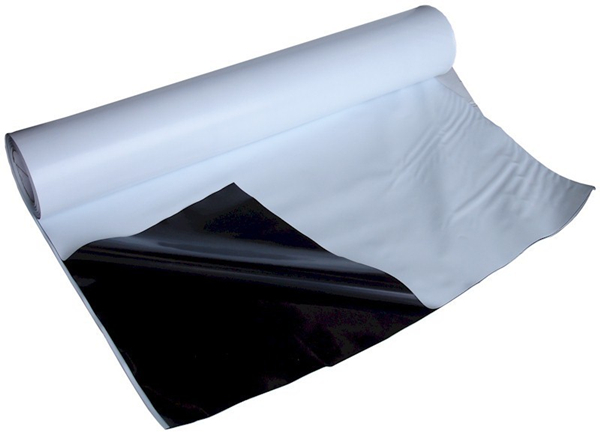
Conclusion
PO film is one of many greenhouse film styles, the most used high-grade plastic greenhouse film in China, it can be produced in a variety of specifications(thickness can reach 6mil- 8mil), with heat buildup and better heat distribution, apply for many new cold frame, and creat plant environment warm.
In this article we mainly talk about greenhouse film covering materials, in the next section, we will talk about glass and PC board hard greenhouse covering materials.
